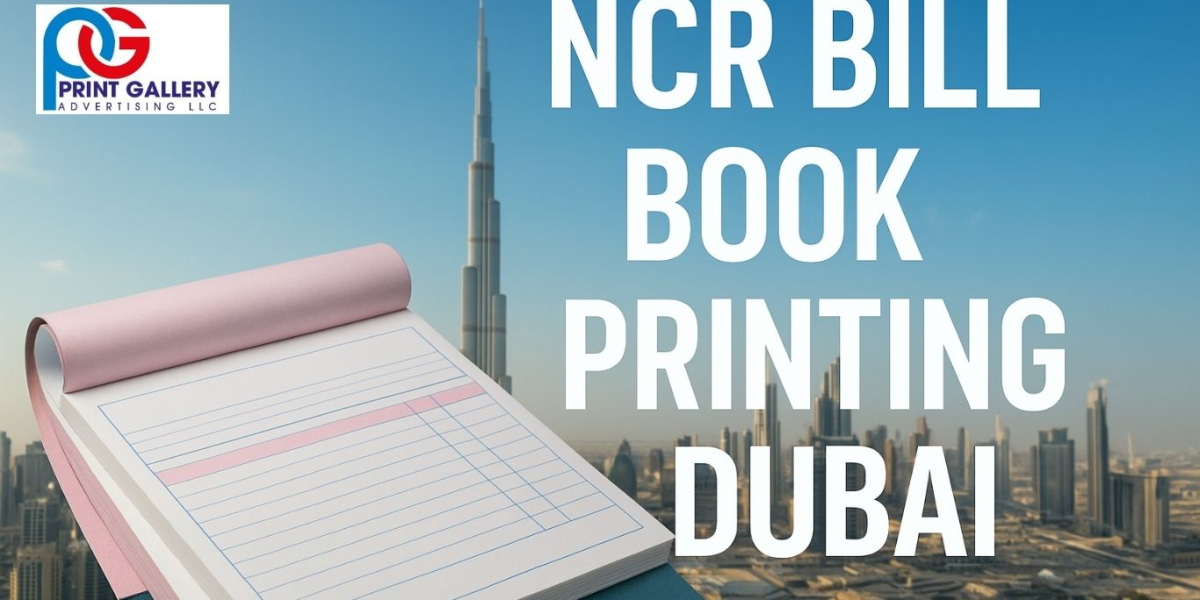Sustainability is no longer just a trend—it’s a measurable business and regulatory standard. As companies shift toward environmentally responsible development, choosing the right architecture firm becomes a critical decision. But not all firms that claim to be sustainable actually meet the operational, compliance, and performance standards your project may demand.
That’s why businesses must be careful when selecting sustainable architecture firms, ensuring that choices are based on evidence, not marketing language.
Focusing Only on Certifications Without Context
It’s tempting to choose a firm based solely on credentials like LEED, WELL, or BREEAM. While certifications are important, they don’t tell the whole story.
- Some certifications may not align with your regional code requirements or long-term ROI goals.
- Firms can hold credentials but lack hands-on experience implementing them at scale.
- A checklist approach may lead to box-ticking rather than purpose-driven design.
Always look beyond badges to evaluate how the firm applies sustainable practices in actual, completed projects.
Ignoring Lifecycle Thinking in Design
Sustainability is not just about construction materials. It’s about the building's full lifecycle—from sourcing to demolition. Many firms focus on short-term green features without accounting for long-term operational costs or durability.
- Ask how the firm incorporates energy modeling, water use forecasting, and future adaptability into the design process.
- Understand their approach to material sourcing, recyclability, and waste minimization.
- Consider how maintenance, repairs, and system upgrades are accounted for in the concept stage.
Firms that treat sustainability as a design lens—rather than a list of features—deliver greater long-term value.
Overlooking the Role of Local Context
Designs that work in one climate or culture may fall short in another. Sustainability must respond to the surrounding environment, building codes, and community needs.
- Choose firms that consider solar orientation, prevailing wind patterns, and local biodiversity in their planning.
- Verify that they work with regionally sourced materials to reduce carbon footprint and support the local economy.
- Assess whether they’ve engaged with community stakeholders on similar projects to understand public use, access, and equity.
The best firms don’t apply the same solution twice—they adapt intelligently to place and purpose.
Underestimating Integration With Engineering Teams
Many sustainable goals require tight coordination with mechanical, electrical, and structural engineers. When the architecture firm doesn’t lead or facilitate that integration early, sustainability goals get compromised later.
- Confirm that they involve engineers from the initial design phases, not just during permit approvals.
- Ask how often they’ve collaborated with the same engineers and what tools they use for interdisciplinary coordination.
- Find out if they model energy, air, and light systems in-house or rely solely on consultants.
Poor integration leads to delayed decisions, increased costs, and reduced performance—especially when goals like net-zero or passive design are involved.
Treating Innovation as a Risk
Some firms play it too safe when it comes to sustainable design, opting for conventional materials or systems to reduce perceived risk. But true sustainability often means embracing controlled innovation.
- Look for firms that prototype or pilot emerging technologies—like mass timber, green roofing, or low-carbon concrete.
- Ask about their track record in securing municipal approvals for unconventional approaches.
- Review case studies that show how their designs performed beyond compliance or baseline code expectations.
Choosing a conservative partner may feel safer but could lead to underperformance in regulatory scoring or long-term efficiency.
Not Asking About Post-Occupancy Feedback
Sustainability does not end at project handoff. A firm committed to true performance will gather feedback, analyze results, and evolve its practices accordingly.
- Ask whether they conduct post-occupancy evaluations six or twelve months after completion.
- Review how they track actual energy and water use versus design estimates.
- Confirm whether feedback from occupants has led to tangible changes in their approach.
Firms that value feedback are more likely to improve continually—and help you improve future projects as well.
Questions You Should Be Asking During Selection
To avoid the mistakes above, here are questions decision-makers should ask during the selection process:
- Can you provide performance data from completed sustainable projects?
- How do you align sustainability goals with budget limitations?
- What is your process for integrating consultants and engineers into early design?
- How do you customize sustainable strategies for different project types or climates?
- Can you show examples where post-occupancy evaluations changed your approach?
These questions go beyond surface-level claims and give you insight into how the firm truly operates.
What a Qualified Firm Should Deliver
A top-tier sustainable architecture partner delivers more than just paperwork. They provide a roadmap that aligns environmental performance with brand value and tenant experience.
- They will translate sustainability goals into clear deliverables during every design phase.
- They’ll lead conversations about balancing aesthetics with functionality and environmental performance.
- They’ll offer documentation and measurable KPIs to support green building incentives, rebates, and regulatory compliance.
If a firm cannot speak in those terms, they may not be the right fit for your long-term goals.
Industries That Must Be Extra Cautious
While sustainability matters in all sectors, the following industries face higher scrutiny and demand deeper strategic alignment:
- Commercial Real Estate Developers: Projects require performance marketing and ESG reporting to secure financing.
- Healthcare and Institutional Facilities: These buildings demand long-term efficiency and occupant health tracking.
- Hospitality and Retail Chains: Sustainable design must scale across multiple locations while remaining cost-effective.
Firms must understand the nuance of each industry’s sustainability pain points and translate them into viable design solutions.
Recognizing the Cost of a Poor Match
Choosing the wrong partner doesn’t just delay timelines. It can impact your brand’s credibility, operational costs, and stakeholder trust.
- A poorly executed green build can cost more to maintain than a conventional one.
- Incomplete documentation or reporting may disqualify your project from government incentives.
- Occupants may complain of discomfort or inefficiency, damaging your long-term asset value.
Due diligence at the selection stage saves both time and money in the years that follow.
Conclusion
Sustainable design is not a checkbox—it’s a performance-driven commitment that must be reflected in every architectural decision. Selecting the right partner demands a deeper look into their process, values, and real-world results. Avoiding surface-level evaluations ensures your built environment actually delivers on sustainability promises.
Whether your goal is certification, compliance, or long-term asset efficiency, working with firms that understand strategic intent is essential. And when those firms also bring strong expertise in Architectural branding, the end result doesn’t just perform better—it communicates your values with clarity and impact.

















